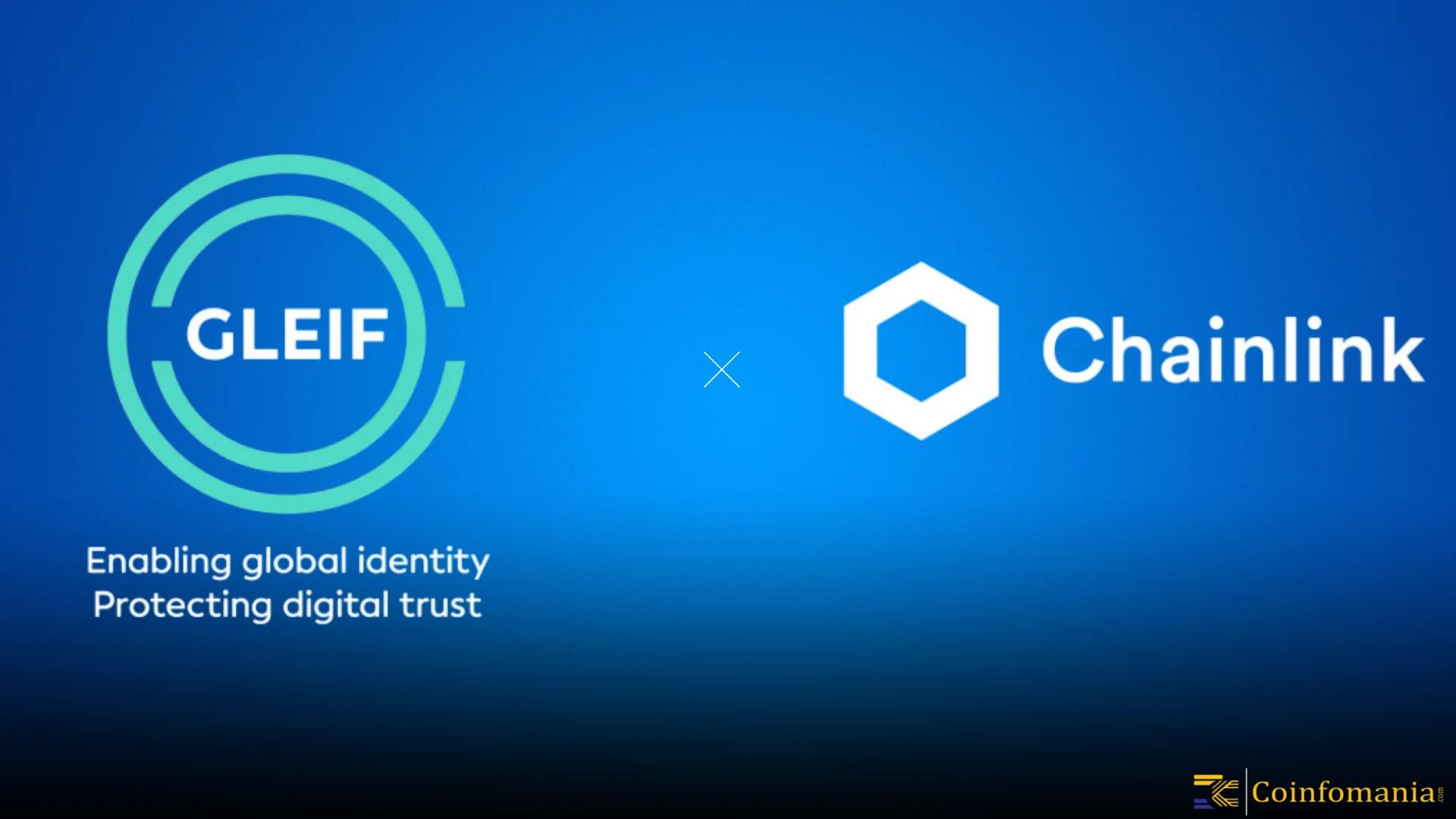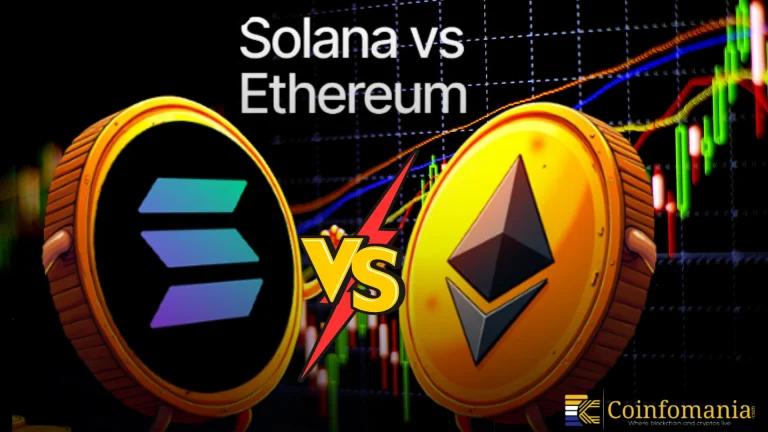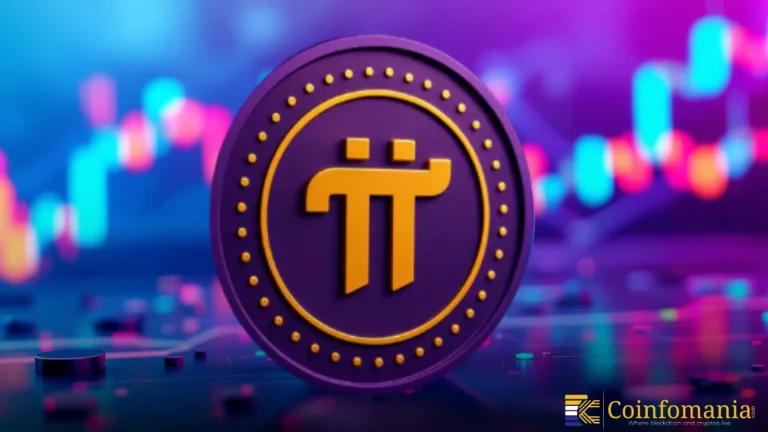Chainlink and GLEIF Push for Unified Digital Identity Standards in Finance
A new report by Chainlink and GLEIF highlights how verifiable onchain identity can reduce compliance costs, accelerate onboarding, and scale digital asset adoption through blockchain-integrated global identity standards.

Quick Take
Summary is AI generated, newsroom reviewed.
Fragmented identity systems currently cost the financial industry billions annually in onboarding and compliance inefficiencies.
33% of compliance budgets are spent on KYC, with onboarding delays causing significant client loss.
Chainlink and GLEIF propose blockchain-based verifiable identity to streamline financial workflows.
Global leaders like BlackRock’s Larry Fink stress that digital verification is critical to building the future financial system.
Since the 2008 financial crisis, global financial institutions have gradually adopted identity standards to boost transparency and trust. However, despite progress, the current landscape of organizational identity remains fragmented, slow, and costly. According to a new report shared by Chainlink in collaboration with the Global Legal Entity Identifier Foundation (GLEIF), these inefficiencies are not just inconvenient—they’re expensive and stifling innovation.
Today, 33% of a typical compliance budget is spent on Know Your Customer (KYC) procedures. The average onboarding cost per client? $2,598. And delays aren’t just annoying—they’re costly. An estimated 67% of banks and 74% of asset managers have reported losing clients due to onboarding friction. These figures paint a clear picture: the current model is unsustainable in a world moving quickly towards digital assets and global tokenization.
The Promise of Verifiable Onchain Identity
The report positions blockchain-based, verifiable onchain identity as a game-changing solution. By integrating globally recognized identity standards directly into blockchain networks, institutions could automate compliance, speed up onboarding, and reduce operational costs—without sacrificing security or regulatory alignment.
Unlike siloed, manually updated databases, blockchain-based identity systems offer a tamper-proof, transparent, and instantly verifiable format. These characteristics make them particularly suited for financial ecosystems dealing with cross-border compliance, anti-money laundering (AML) requirements, and customer verification.
Chainlink, a leader in blockchain infrastructure, and GLEIF, the organization behind the globally recognized Legal Entity Identifier (LEI), are working together to bridge the gap between traditional financial identity and decentralized systems. Their shared vision is to ensure that identity standards remain intact as the industry transitions into the blockchain era.
Regulators and Industry Leaders Call for Action
The call for better digital verification isn’t coming from blockchain advocates alone. In his 2025 Annual Letter to Investors, BlackRock Chairman Larry Fink emphasized that building an efficient, accessible financial system demands more than just tokenization. “We must solve digital verification, too,” Fink noted.
This sentiment echoes a broader regulatory and industry concern: financial systems of the future will require not only transparent asset infrastructure but also reliable and interoperable identity verification tools. If not addressed, fragmented identity standards could pose a significant barrier to the wider adoption of digital assets.
Looking Ahead: Toward an Interoperable Financial Ecosystem
The Chainlink-GLEIF report underscores a crucial next step for digital finance: aligning the trust mechanisms of traditional institutions with the scalability and efficiency of blockchain technology. Embedding globally accepted identity standards onchain offers a path forward that balances regulatory compliance with innovation.
While the shift won’t happen overnight, the groundwork is being laid. As financial institutions increasingly look to blockchain for solutions, the demand for verifiable digital identity standards is likely to grow. If successful, these efforts could pave the way for a more unified, secure, and accessible global financial system—where onboarding is faster, compliance is streamlined, and trust is verifiable by design.
Follow us on Google News
Get the latest crypto insights and updates.
Related Posts

4 Million Merchants Will Be Given the Power to Accept Bitcoin
Triparna Baishnab
Author

Ethereum vs. Solana DeFi — The Hidden Winner That Could Explode Next
Triparna Baishnab
Author

Pi Blockchain V23 Revolutionizes On-Chain KYC and Ushers a True Web3 Era
Triparna Baishnab
Author